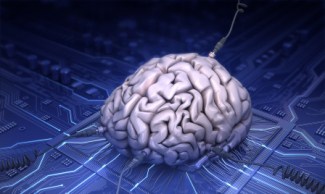Ask someone who runs a website what they need to get to the top of the search engines. Or chat to a web designer and try to wheedle out of them the best way to design a web page. In both these situations, the chances are you will get advice about technology. The search engine solution will relate to “analytics software” or “optimisation programs” – yet the answer is really quite simple (just talk to loads of people about your website). Similarly, the advice of a web designer may well be to use programs like Dreamweaver or to get some content management system in place. But the best websites, by a country mile, are those which are designed with pencil and paper.

Frequently, we turn to technological solutions when there is no need; a simpler, more “down-to-earth” answer often exists. If you think this is not true, take a look at the latest study on the use of diagnostics technology in neurosurgery.Brain operations are notoriously difficult and need absolute precision. So it’s no wonder that brain surgeons rely on CAT scanners to help them ensure patients get the absolute best treatment. But this new research shows clearly that in some particular instances, a doctor’s “hands on” techniques are more accurate than the scanner. In other words, the judgement of the experienced professional produces better results than a piece of technology.
What we forget is that even the best technology we have available today is not as good as the technology inside our skull. The human brain has limitless capacity to amaze us with its capabilities. After all, a couple of human brains came up with Google, another handful of brains got us to the Moon and back, while your own brain enables multiple bodily systems to function in complete sync so you can read this. Even the biggest supercomputer cannot manage the amount of multitasking the human brain does.
So, what does this CAT scan study tell us? It suggests that all too often we think there is a technological solution, when a human one might be better. It means that if you run a website it’s always a good idea to ask yourself this question “is this a task that some people could do, or do I really need technology?”. In other words, a technological solution should be the last resort – not the first assumption.
